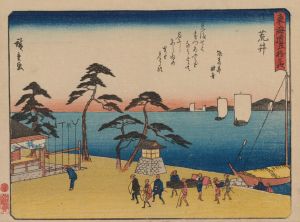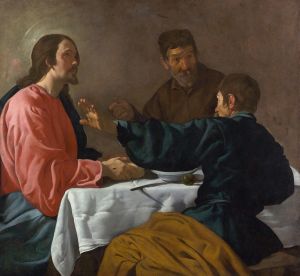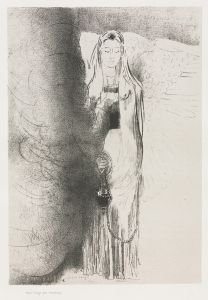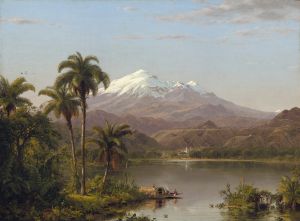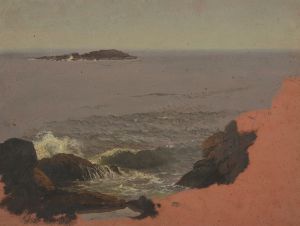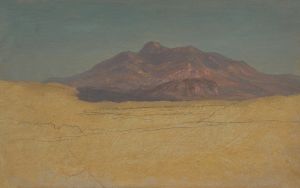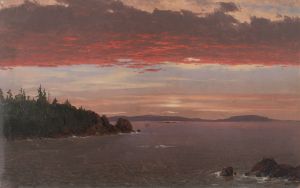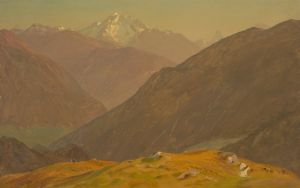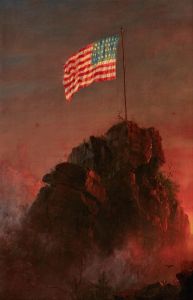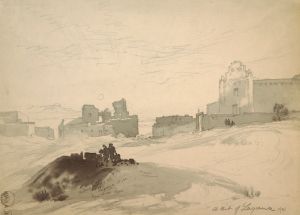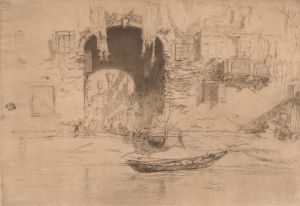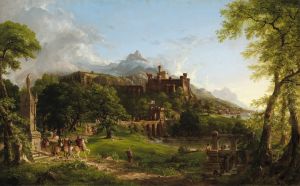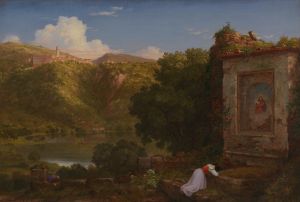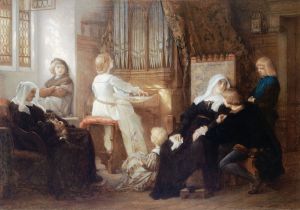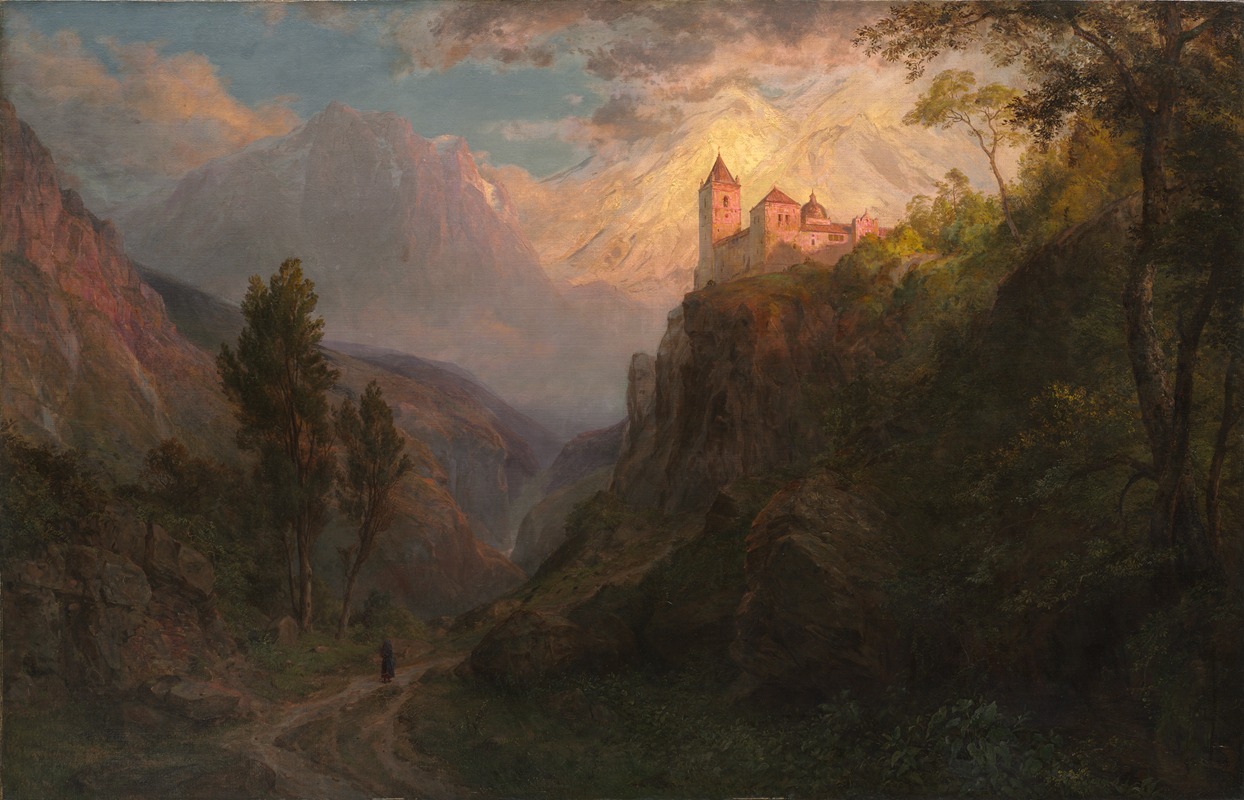
The Monastery of San Pedro
A hand-painted replica of Frederic Edwin Church’s masterpiece The Monastery of San Pedro, meticulously crafted by professional artists to capture the true essence of the original. Each piece is created with museum-quality canvas and rare mineral pigments, carefully painted by experienced artists with delicate brushstrokes and rich, layered colors to perfectly recreate the texture of the original artwork. Unlike machine-printed reproductions, this hand-painted version brings the painting to life, infused with the artist’s emotions and skill in every stroke. Whether for personal collection or home decoration, it instantly elevates the artistic atmosphere of any space.
Frederic Edwin Church, a prominent figure in the Hudson River School of American landscape painting, created "The Monastery of San Pedro" in 1879. This painting reflects Church's fascination with exotic and historical subjects, a theme that he explored throughout his career. The Hudson River School was known for its romantic portrayal of the American landscape, but Church often extended his reach to international scenes, inspired by his extensive travels.
"The Monastery of San Pedro" depicts a serene and picturesque view of a monastery set against a dramatic natural backdrop. Church's attention to detail and his ability to capture the interplay of light and shadow are evident in this work. The painting showcases his skill in rendering architectural elements with precision while also conveying the grandeur and beauty of the surrounding landscape.
Church's interest in the subject matter of this painting was likely influenced by his travels in South America and Europe. He was known for his expeditions to remote and exotic locations, which provided him with a wealth of material for his art. His travels to places like the Andes, the Middle East, and the Arctic Circle informed his work and allowed him to bring a global perspective to the American art scene.
In "The Monastery of San Pedro," Church employs a vibrant color palette and meticulous brushwork to create a sense of depth and realism. The composition is carefully balanced, with the monastery positioned in harmony with the natural elements around it. This reflects Church's belief in the interconnectedness of nature and human achievement, a theme that recurs in many of his works.
The painting is also notable for its atmospheric effects, a hallmark of Church's style. He was adept at capturing the transient qualities of light and weather, which added a dynamic and ephemeral quality to his landscapes. In this painting, the interplay of sunlight and shadow creates a sense of movement and life, enhancing the viewer's experience of the scene.
Church's work was highly regarded during his lifetime, and he was one of the most successful American artists of the 19th century. His paintings were celebrated for their technical mastery and their ability to evoke a sense of wonder and exploration. "The Monastery of San Pedro" is a testament to Church's enduring legacy as a painter who could transport viewers to distant lands and immerse them in the beauty of the natural world.
Today, Church's paintings are held in high esteem and are featured in major art collections and museums across the United States. His work continues to be studied and admired for its contribution to American art and its representation of the 19th-century fascination with exploration and discovery. "The Monastery of San Pedro" remains a significant example of Church's ability to blend realism with romanticism, capturing both the physical and spiritual essence of his subjects.





